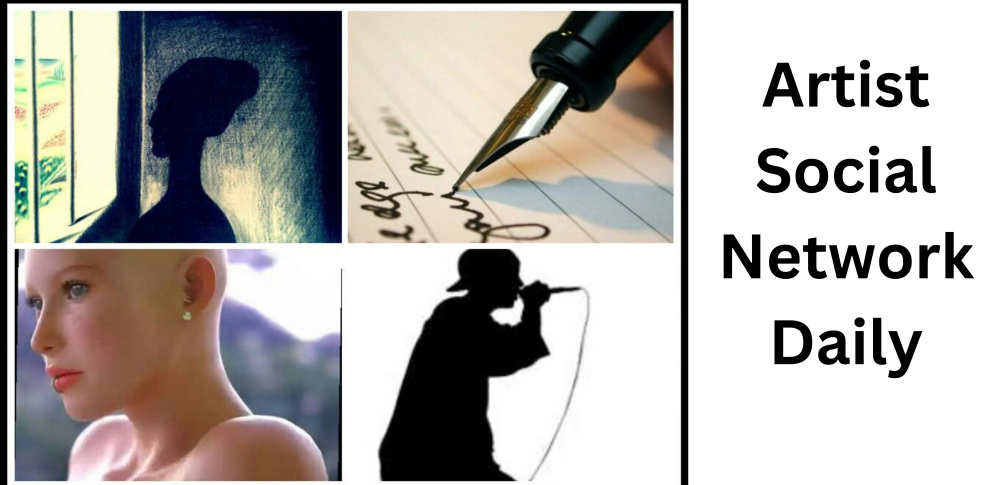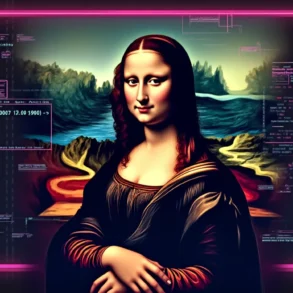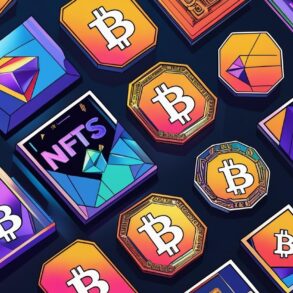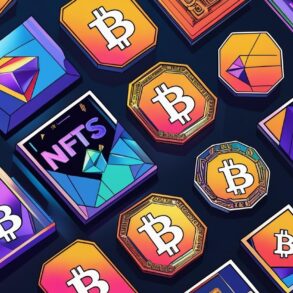
You know, as digital art gains traction, NFTs are bringing up new ways for artists to make money. It’s not just about slapping a price tag on a piece of work anymore. Imagine being able to sell directly to fans without any middlemen taking a cut. But, spoiler alert, it’s not all sunshine and rainbows. Let’s dive into what community-driven trading models in NFTs could mean for artists while keeping an eye on the potential pitfalls.
NFTs and Digital Currency: A New Frontier
NFTs are shaking things up in the digital currency world. They let artists tokenize their art and sell it without relying on more traditional platforms. This isn’t just a fad; it’s changing the way we think about art ownership and value. For artists, there’s potential for sustainable revenue streams that haven’t been possible before.
What NFTs Offer Artists
Fresh Avenues for Income
NFTs open up a bunch of different ways for artists to make money. Besides selling their art, they can earn royalties on secondary sales, which means they get a cut every time their work is sold again. Plus, fractional ownership allows more people to invest in high-value pieces, making art more accessible and creating financial opportunities for artists.
Direct Fan Interaction
The best part? Artists can connect directly with their fans. That’s a pretty big deal. By using NFT platforms, they can skip the galleries and auction houses, keeping more control over their work and how it’s shared. This also builds a sense of community, making collectors feel closer to the artist and, in turn, increasing the value of the artist’s brand.
Community-Building
Community-driven models in the NFT space encourage artists and collectors to engage with one another. This interaction not only fosters artistic growth, but also creates an environment where artists can thrive. By building a community, artists can cultivate a loyal following that supports their long-term success.
But Wait, There’s More: Challenges of NFT Adoption in Crypto Banking
Price Swings
Of course, the NFT market isn’t exactly stable. Prices can swing wildly, which can be a double-edged sword for artists. One minute they’re rolling in it, the next they’re left wondering if they should have just stuck to selling prints. So yeah, navigating this landscape isn’t for the faint of heart.
Eco-Concerns
Don’t forget about the environment! The energy consumption of blockchain tech has raised eyebrows. Artists and collectors are more aware of sustainability now, so addressing these concerns is a must for NFTs to stick around.
Copyright Issues
Then there are copyright and authenticity concerns. The digital nature of NFTs opens the door to potential copyright violations, and if there are no safeguards, the value of digital art could take a hit. Imagine getting into a legal mess over your own work.
Uncertainty Ahead
As the NFT community grows, scalability and regulatory issues will be lurking. Artists and collectors need to keep their ears to the ground for any changes in the rules.
The Jackson Sharkz Experiment
Take the Jackson Sharkz collection, for example. Launched by Jackson.io, it’s an interesting case. It merges AI with community-driven trading models, offering a different spin on NFT distribution. This collection features 9,999 shark-themed NFTs that were distributed for free, allowing users to claim their digital assets without having to spend a dime.
Perks of Being a Sharkz Owner
Owning one of these NFTs comes with a treasure trove of perks—physical products, airdrops, and invites to real-life events. This not only adds value to the NFTs but also creates a sense of belonging.
Sharing the Wealth
Jackson.io is even sharing a slice of future AI product revenues with NFT holders, ensuring that both artists and collectors benefit from the ecosystem’s growth. This strengthens the connection between the community and the platform, paving the way for a sustainable future in the NFT space.
Summary: Navigating the NFT Landscape
NFTs are evolving, and they might just change how artists make money in the digital world. Sure, there are challenges like market volatility and environmental concerns, but the opportunities are massive. If artists can adapt to these community-driven models, they might just find a way to thrive in this new landscape.
This post was originally published on this site be sure to check out more of their content








